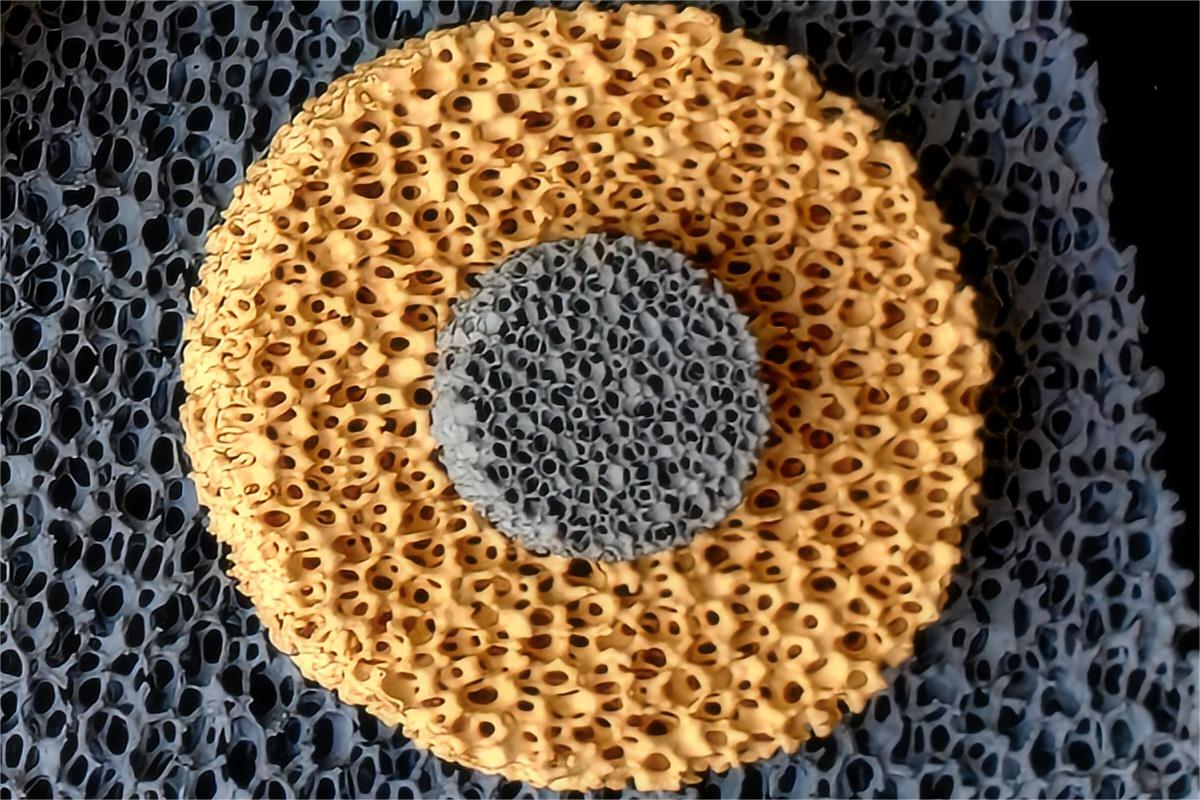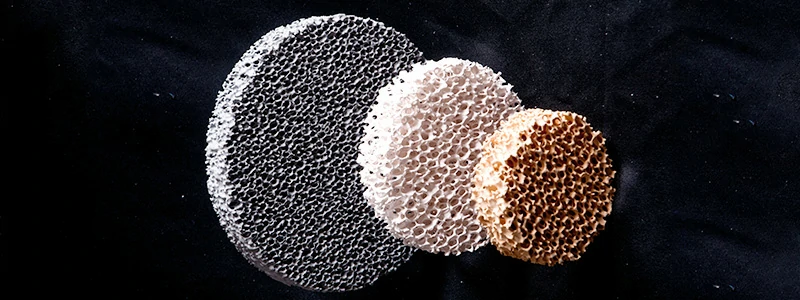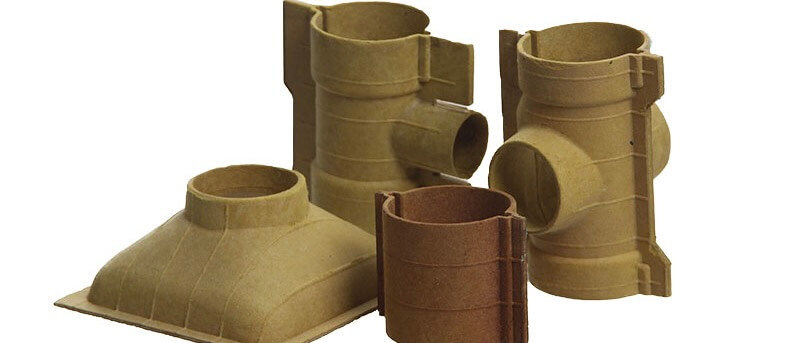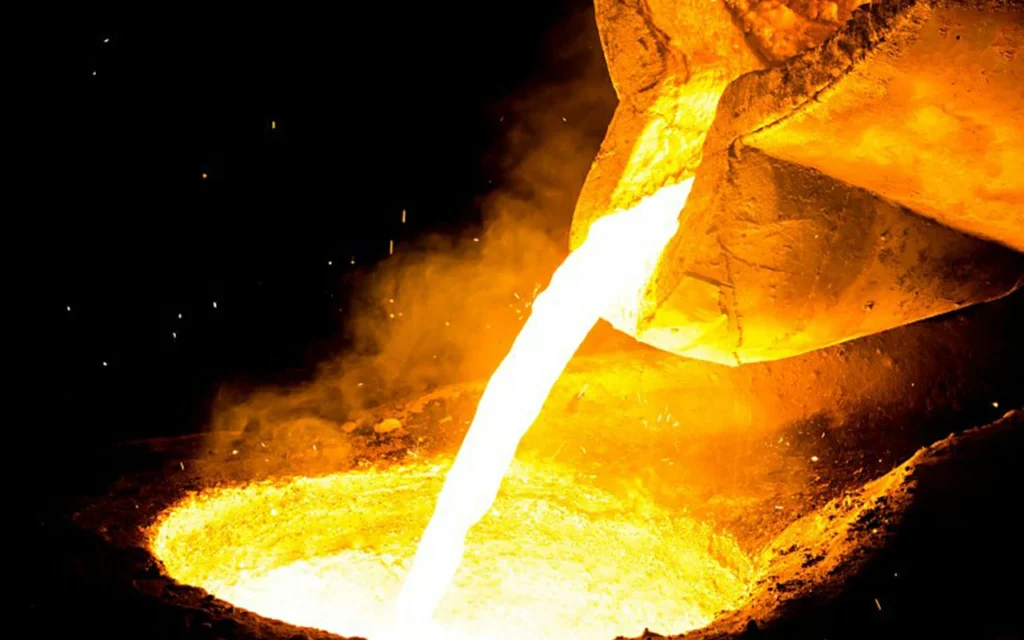Basic Concept of Low Pressure Casting
Low pressure casting is a metal forming process that falls between gravity casting and high pressure casting. By applying a relatively low gas pressure, molten metal is smoothly pushed from a crucible or holding furnace into the mold cavity. After the metal solidifies, the pressure is released, resulting in high-precision castings. This method is particularly suitable for non-ferrous metals such as aluminum and magnesium alloys, enabling the production of complex structures with excellent surface finish and mechanical properties.
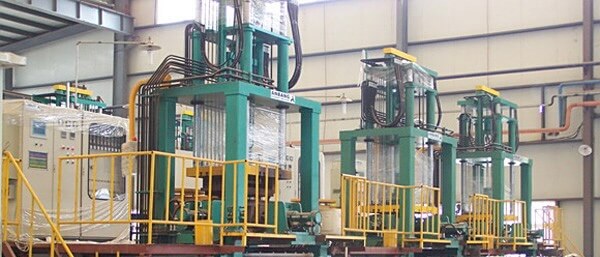
Working Principle of Low Pressure Casting
The key to low pressure casting lies in the use of controlled gas pressure to drive the molten metal into the mold. The mold is typically positioned above the furnace and connected to the molten metal via a riser tube. When compressed air (or inert gas) is applied to the surface of the molten pool, the metal rises smoothly through the tube and fills the mold cavity. Since the pressure is relatively low , the metal flows steadily, minimizing turbulence and oxide inclusions, thereby enhancing the internal quality of the casting.
Process Characteristics of Low Pressure Casting
Low pressure casting combines the advantages of both gravity casting and high pressure casting. Compared to gravity casting, it allows for more precise control over the filling speed and solidification process, reducing shrinkage porosity and gas defects. In contrast to high pressure casting, its lower pressure results in less mold wear, making it suitable for producing thicker-walled or structurally complex parts. Additionally, the process is highly adaptable, as the pressure curve can be adjusted to optimize casting performance.
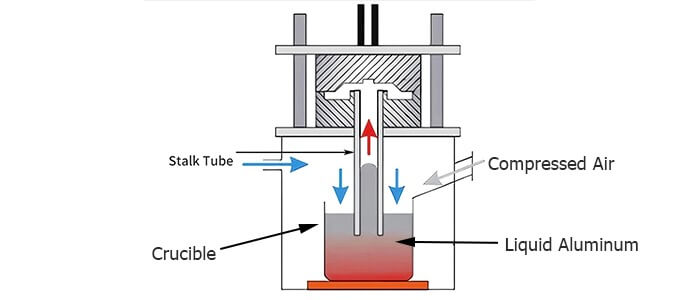
Main Advantages of Low Pressure Casting
Low pressure casting demonstrates significant advantages in several aspects. First, the molten metal exhibits excellent feeding under pressure, resulting in dense microstructure and superior mechanical properties. Second, due to the smooth filling process, the castings have high surface quality with minimal post-machining requirements, reducing production costs. Moreover, the process is highly automated, facilitating mass production, while its relatively low energy consumption aligns with the trend of modern green manufacturing.
Applications of Low Pressure Casting
Low pressure casting is widely used in industries such as automotive, aerospace, electronics, and machinery manufacturing. In the automotive sector, it is commonly employed to produce critical components like wheels, engine blocks, and transmission housings. The aerospace industry utilizes this process to manufacture lightweight, high-strength structural parts. Additionally, low pressure casting is suitable for producing precision components such as electrical enclosures and hydraulic parts, meeting the stringent demands of various industries.
Application of Filters in Low-Pressure Casting
In low-pressure casting, ceramic filters effectively trap inclusions in molten metal, significantly improving casting purity. Their porous structure ensures smooth metal flow while reducing porosity and slag defects, making them particularly suitable for the steady filling characteristics of low-pressure casting. Proper filter selection optimizes metal fluidity and serves as a key process measure for producing high-quality castings.
Conclusion
As an efficient and precise metal forming process, low pressure casting holds a significant position in modern manufacturing. Its unique advantages have led to widespread adoption across various industries, driving continuous technological progress. With the rise of smart and green manufacturing, low pressure casting will continue to evolve, offering superior solutions for industrial development.


